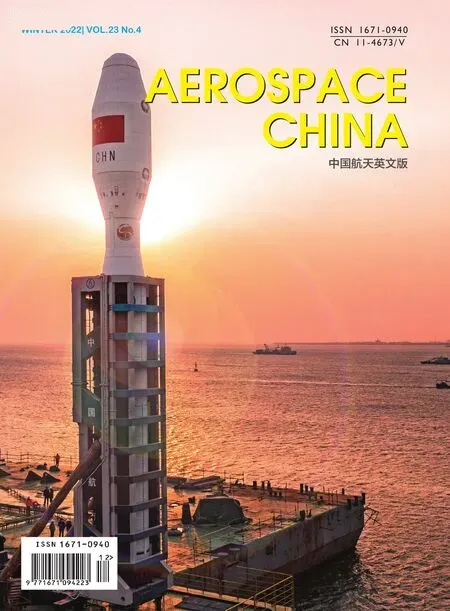Development Status and Prospects of Solid Rocket Motor Technology for Large Launch Vehicles
2022-07-15XUTuanweiHuangRuiQIANGLei
XU Tuanwei ,Huang Rui ,QIANG Lei
1 Institute of Xi’an Aerospace Solid Propulsion Technology,Xi’an 710025
2 National Key Laboratory of Solid Rocket Propulsion,Xi’an 710025 3 Department of Aerospace Systems,Xi’an 710000
Abstract: In this study,taking China’s Smart Dragon 3 solid launch vehicle,which made its first successful offshore launch on December 9,2022,as an example,we focus on the technical characteristics and key technologies of various solid motors used for the launch vehicle.The current technological development status is introduced,and the key technologies needed for large solid motors are summarized.For comparison,we also list and analyze the technical characteristics of world-class P80 and P120C solid motors used in ESA’s Vega series of launch vehicles.On this basis,the development trends of large solid motors based on the requirements for launch vehicles is proposed,providing a reference for the development of large solid motor technology for future launch vehicles in China.
Key words: Smart Dragon 3,solid motor,key technology,development trends
1 INTRODUCTION
Due to the vigorous development of the commercial aerospace market and the promotion of China’s strength in aerospace,there is an urgent need for launch vehicles capable of fast response,low-cost entry into space and high reliability.The performance of a propulsion system directly determines the comprehensive performance of a rocket,the propulsion technology is one of the key technologies in the development of a launch vehicle.Launch vehicles powered by solid rocket motors have the characteristics of a simple structure,fast response,easy operation,good mobility,and strong pre-launch survivability.Therefore,solid launch vehicles are considered of high value and have been adopted by many countries strong in aerospace,thus making them one of the important areas for development[1,2].For half a century,“increasing thrust,improving performance and reliability” has been leading criteria in the rapid development of solid propulsion technology for foreign launch vehicles.The comprehensive performance of solid motors used for launch vehicles has been continuously improving.The mass ratio of large integrated solid motors has gradually increased from 0.89 in the early stage to 0.928.The mass ratio of the upper stage solid motor has also increased from 0.9 to 0.946,with the vacuum specific impulse increased from 280 s to over 300 s.At present,aerospace powers,such as in the United States and Europe have deployed various solid launch vehicles with emergency rapid launch capabilities,covering various launch modes such as land tower launch,road mobile launch,air launch,sea launch,which can quickly send a payload into its predetermined orbit within days or even hours[3-5].
2 GENERAL PLAN FOR SD-3 LAUNCH VEHICLE
The Smart Dragon series launch vehicle is a Dragon series solid launch vehicle developed by the China Academy of Launch Vehicle Technology (CALT),CASC,as the “national team” for the commercial space launch market.The Academy of Aerospace Solid Propulsion Technology (AASPT) undertakes the development of all solid motors for the launch vehicle series.Smart Dragon 3 (SD-3) has the characteristics of strong payload capacity,large fairing envelope,diversified launch mode,good economy,high launch efficiency,and short turn-over period.It is a commercial solid launch vehicle with high cost performance,high reliability and fast response ability meeting the requirement of rapid networking launch for future satellite constellations.
The SD-3 carrier rocket is 31.8 m in length,and has a 3.35 m maximum diameter.The take-off weight is 140 t,enabling deployment of a payload of 1.5 t into a 500 km SSO orbit.This is more than 7 times that of the SD-1 four-stage solid carrier rocket,and 3 times that of the LM-11 emergency launch solid launch vehicle.It has a practical payload capacity that meets the requirement of current mainstream network launch for small-and medium-sized satellites.
The four-stage SD-3 solid launch vehicle adopts multiple core technologies such as a high-performance lightweight composite case and fully flexible nozzle,achieving world-class comprehensive performance.The first-stage motor is a kind of integrated solid motor with a high-performance filament winding composite case developed by AASPT,targeting the demand for the commercial aerospace launch market.With a diameter of 2.65 m,a propellant loading limit of 71 t,and a thrust of 200 t,it is currently the highest performance integrated solid motor with the most propellant and thrust verified during flight tests in China.The high-altitude motor integrates the combination development concept,and adopts a key technology nozzle structure design and large size manufacturing process to meet functional requirements.The structural diagram of SD-3 is shown in Figure 1.

Figure 1 Structural diagram of SD-3

Figure 2 Schematic diagram of first-stage motor
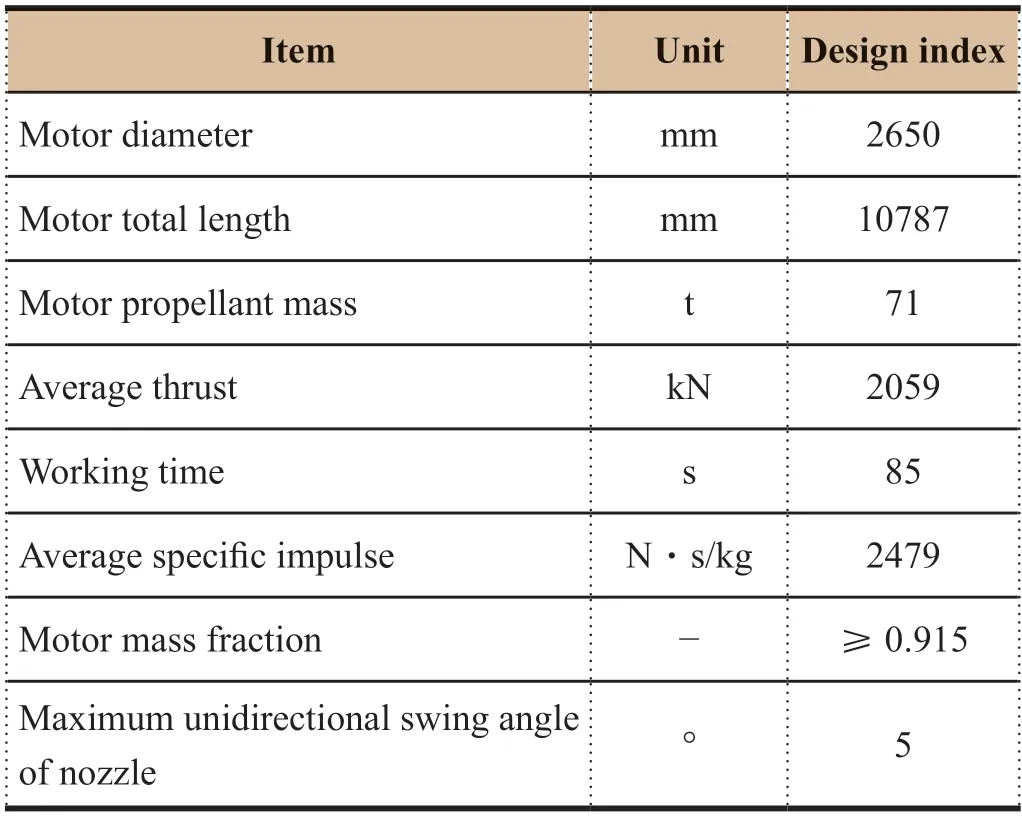
Table 1 First-stage motor performance parameters
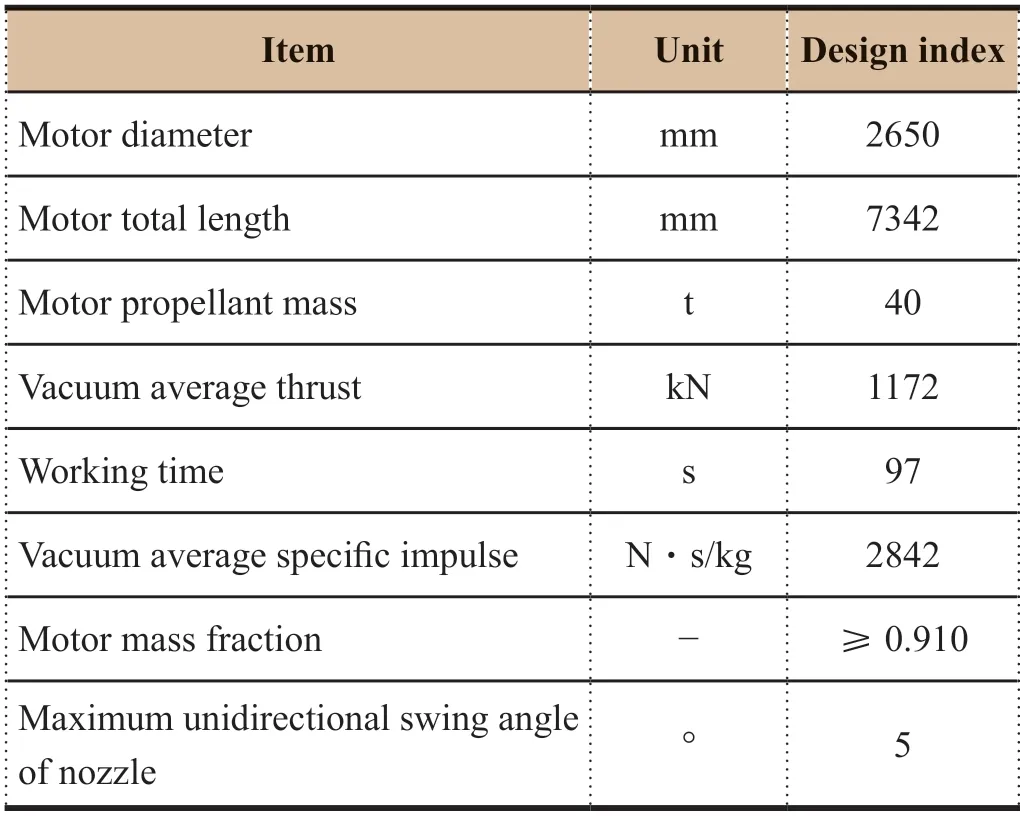
Table 2 Secnond-stage motor performance parameters
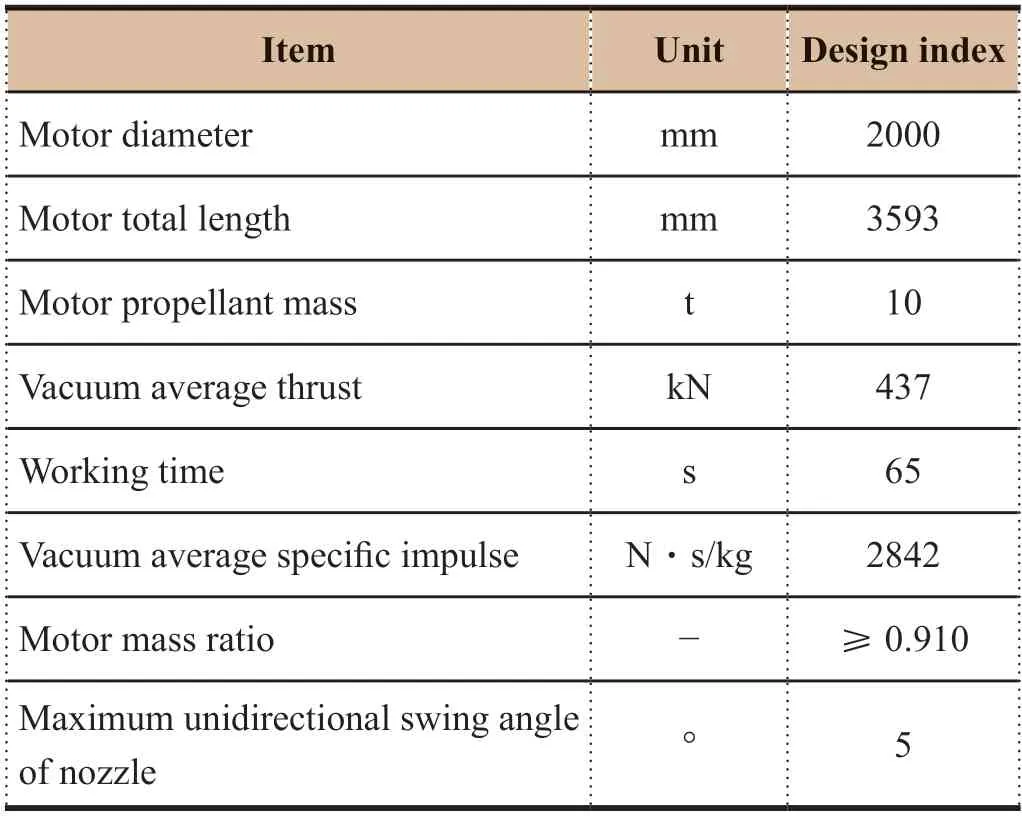
Table 3 Third-stage motor performance parameters
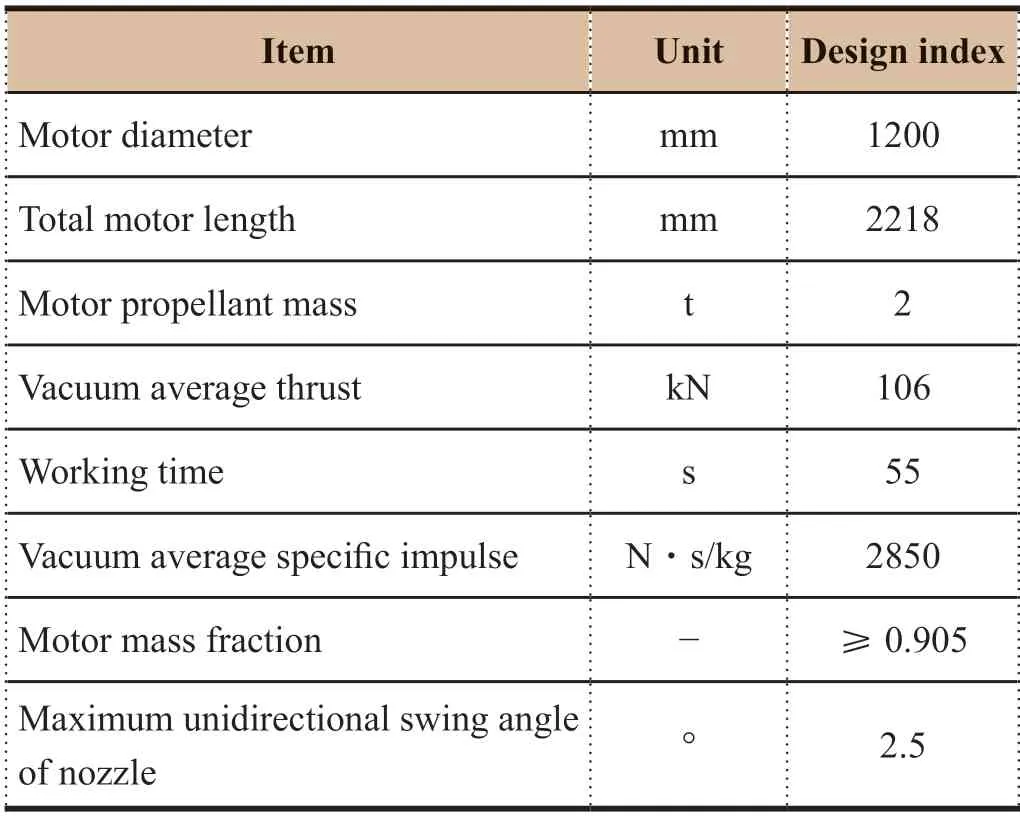
Table 4 Fourth-stage motor performance parameters
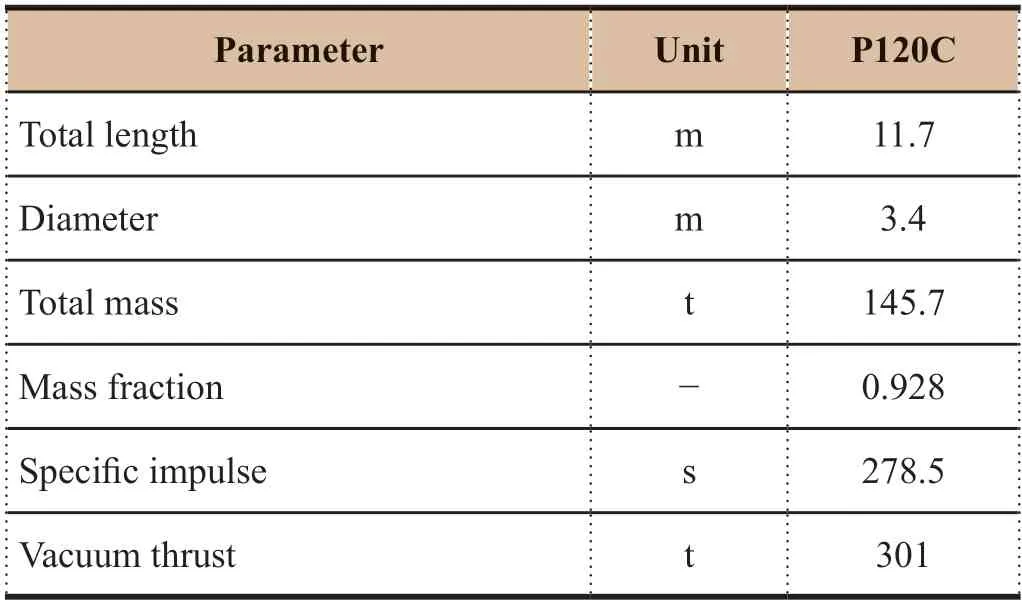
Table 5 Main technical parameters of P120C motor
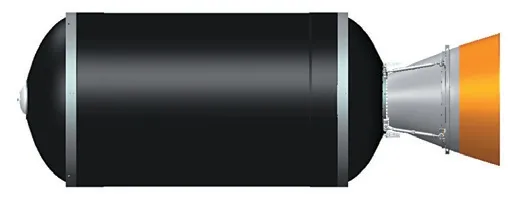
Figure 3 Schematic diagram of second-stage motor
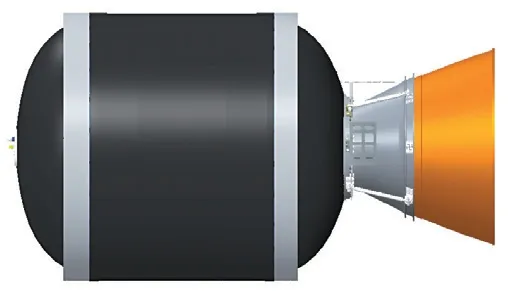
Figure 4 Schematic diagram of third-stage motor
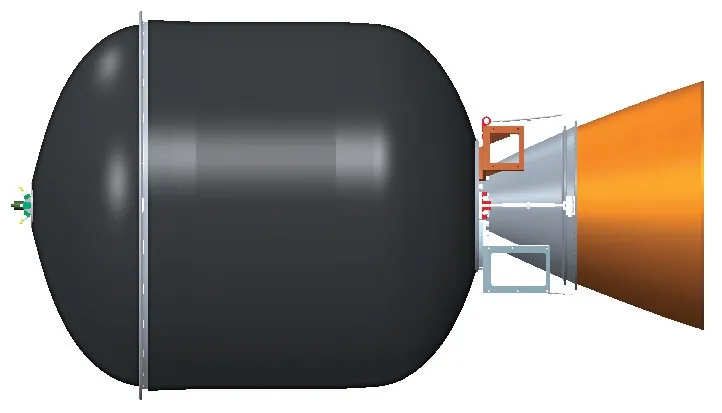
Figure 5 Schematic diagram of fourth-stage motor
3 DESIGN SCHEME OF SD-3
Each of the solid motors used in the four stages consists of a chamber,a flexible nozzle,an ignition device,a pyrotechnic and a safety mechanism.The chamber is composed of a fiber winding case,insulation,liner,grain,etc.The filament winding case is formed by wet winding of T700 carbon fiber.The schematic diagrams of the solid motors used in the four stages are shown in Figures 2−5 respectively.
3.1 First-stage Solid Motor
The outer diameter of the filament winding case is 2.65 m,which is connected with the interstage segment and the tail skirt through the front and aft skirt respectively.The insulation adopts EPDM material,the grain adopts HTPB propellant of the finocyl type,with a propellant mass of 71 t.The nozzle is a flexible nozzle that provides thrust vector control,the ignition device is a small rocket type ignition device,and the safety ignition device utilizes a safety mechanism and dual ignition components,which are connected to the ignition device through a diaphragm igniter.
3.2 Second-stage Solid Motor
The outer diameter of the filament winding case is 2.65 m,which is connected with the interstage segment through its front and aft skirt.The insulation utilizes EPDM material,the grain uses Al/AP/HTPB propellant of the finocyl type,with a propellant mass of 40 t.A flexible nozzle is adopted to provide thrust vector control.The ignition device adopts a small rocket type ignition device,and the safety ignition device uses a safety mechanism with dual ignition components,which are also connected to the ignition device through a diaphragm igniter.
3.3 Third-stage Solid Motor
The outer diameter of the filament winding case is 2 m,which is connected with the interstage segment and satellite cabin through the front and aft skirt respectively.The insulation uses NBR material,where the grain is Al/AP/HTPB propellant of the finocyl type,with a propellant mass of 10 t.The nozzle uses a flexible nozzle that provides thrust vector control,while the ignition device uses a small rocket type ignition device,and the safety ignition device uses a safety mechanism with dual ignition components,which are connected to the ignition device through a diaphragm igniter.
3.4 Fourth-stage Solid Motor
The outer diameter of the filament winding case is 1.2 m,which connected to the rocket satellite capsule using a single skirt structure.The insulation is made of EPDM rubber material.The grain uses HTPB propellant of the finocyl type,with a propellant mass of 2 t.A flexible nozzle is used to provide thrust vector control.The ignition device uses a basket type ignition device,and the safety ignition device is a safety mechanism with dual ignition components,which are connected to the ignition device through a diaphragm igniter.
4 KEY TECHNOLOGIES OF SOLID MOTORS FOR SD-3
During the development of the solid motors for SD-3 rocket,many key technologies were adopted and validated through multiple static tests and flight tests of the motors.
4.1 Particle Deposition Control Technology for Solid Rocket Motors with Large Diameter and Large Propellant Mass
Based on the technical characteristics of large propellant mass and long operational time of the first-stage motor,low slag formulation optimization was carried out at the beginning of propellant formulation design.At the same time,measures such as integrated simulation analysis of grain structure and flow field were adopted to meet the requirements of particle deposition control and to ensure a reliable long-term insulation structure for large motors.The deposition amount of propellant combustion products is affected by propellant burning rate,flight overload,nozzle submerged depth,etc.Taking the specific area of motor particle deposition as an important criteria,simulation calculations and analysis of motor particle deposition at typical instants during the working process were conducted.Based on the calculation results,the design was optimized for the insulation structure,enabling motor ground and flight tests were successful.
4.2 Thermal Protection Technology to Enable a Flexible Nozzle Structure for Long Operational Time and Large Flow Condition
The average mass flow rate of the first-stage motor exceeds 800 kg/s,and the maximum operational time is about 90 s,resulting in extremely harsh working conditions.Focusing on the technical difficulties such as large nozzle structure size,long operational time,and high gas flow rate of large solid rocket motors,research on the thermal structural design of throat insert components was conducted.By adopting measures like multi-dimensional woven C/C throat insert materials,functional design of throat insert structure based on demand,and conducting throat insert thermal structure analysis,the working requirements of throat insert under long-term and high flow conditions were met.
4.3 Segmental Butt-joint Technology for the Divergent Section of Large-size second-stage Nozzles
The nozzle outlet diameter of the second-stage motor is large.In order to optimize the development process and improve development efficiency,segmented butt-joint technology was adopted in the divergent section.Focusing on the sealing reliability of the segmental connection parts of the divergent section insulation layer during motor operation,plus the connection reliability of the segmental butt-joint parts of the divergent section insulation layer during nozzle swing,and the operational reliability of the rear divergent section insulation layer during motor operation,the segmented structure and position were determined through design and simulation optimization.The segmented product of the nozzle divergent section was successfully evaluated through static and flight tests.
4.4 Accurate Prediction Technology for Advanced Vacuum Solid Motor Post Thrust
After the solid rocket motor operation is completed,the insulation layer continuously carbonizes and even burns due to the energy stored in the insulation layer,particle deposition,effects of the nozzle submerged section,and residual combustion gas during the motor operation,resulting in the generation of residual gas.The gas flows through the nozzle generating a long-lasting post thrust.The post thrust of the vacuum solid motor directly affects the separation reliability of satellite and rocket and the accuracy of satellite insertion in orbit.Both at home and abroad,there have been multiple cases of launch vehicle flight failure due to inaccurate post thrust prediction.For the accurate prediction of the post thrust of the vacuum solid motorwas,research was conducted mainly from the heat loss test of the insulation layer under high temperature conditions.A prediction method of post thrust based on the additional mass of the insulation layer was proposed,and comparison of post thrust based on flight test data was conducted.A model and calculation method for predicting the post thrust of the vacuum solid motorwas therefore established.After successful flight test,the accuracy was confirmed to meet the overall requirements.
5 SOLID MOTOR PLAN OF EUROPEAN VEGA SERIES LAUNCH VEHICLE
Europe has made great efforts to develop solid launch vehicles,and its Vega series rockets (Figure 6) have reached a high technical level.The Vega launch vehicle program initiated from a small launch vehicle developed in Italy.It was developed by the main contractor,European Launch Vehicle Company(ELV),for launching government and commercial small payloads(300−2000 kg) to an extremely low orbit of 700 km.The basic model consists of a first-stage P80 FW motor,a second-stage Zefiro23 motor,a third-stage Zefiro9 motor,and a liquid upper stage engine called AVUM,providing a polar orbit carrying capacity of 1.5 t.Based on this basic model,replacing the firstand second-stage motors with the P120C (also used as rocket booster for the Ariane 6) and Zefiro 40 motors to form Vega C,the carrying capacity will increase to 2.2 t.Based on Vega C,replacing the third-stage Zefiro 9 and the fourth-stage AVUM with a cryogenic upper stage powered by m10 engine to form Vega E,the carrying capacity is expected to increase further.
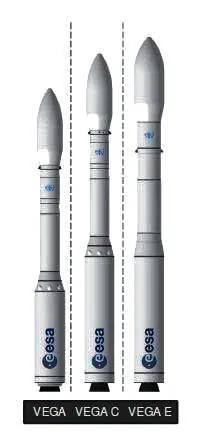
Figure 6 Vega series launch vehicle
Vega is a low-cost three-stage solid launch vehicle with a total length of 30.2 m and a launch weight of 139 t.It can deliver a payload of 1.5 t into a polar orbit at a height of 700 km,or a payload of 1.2 t into a sun synchronous orbit at a height of 1200 km.It has the ability of launching multiple satellites with one rocket.The main motor P80 FW adopts a carbon fiber winding case,HTPB propellant,and flexible nozzle scheme.The motor has a length of 11.2 m,a diameter of 3 m,a charge capacity of 88 t,a mass fraction of 0.916,an operational time of 106.8 s,and a vacuum specific impulse of 280 s,as shown in Figure 7.Many new technologies were adopted in the development of the P80 FW motor,such as self-protection low torque flexible joints,low-cost HTPB propellant,and low-density insulation layers,which have enabled the motor to achieve a high mass fraction.The motor made its first flight with the Vega rocket in Kourou,French Guiana on February 13,2012.To date,a total of 15 launches have been made,with one failure (July 10,2019).
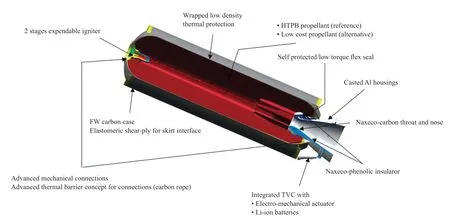
Figure 7 P80 FW solid motor[6]
In order to further enhance rocket carrying capacity and reduce motor costs,Europe has developed the P120C solid motor (Figure 8),which is used as the first-stage motor for the Vega C rocket and the booster motor for the Ariane 6 rocket.The low Earth orbit (LEO) payload capacity of the Vega C rocket increases from 1500 kg to 2200 kg,with a performance improvement of up to 60%.The motor has a diameter of 3.4 m,a total length of 11.7 m,a charge of 143.6 t,an operational time of 132.8 s,an average vacuum thrust of 301 t,a mass fraction of 0.928,and a vacuum specific impulse of 278.5 s.It is the largest integrated solid motor currently developed in the world.As the P120C motor is shared by two types of rockets,the motor production batch has increased.It is expected 35 P120C motors manufactured annually,which may reduce the production cost of a single motor by 40% to 50%,fully leveraging the characteristics of batch cost reduction of solid motors.On July 13,2022,the first flight of the Vega C rocket was a complete success.The P120C is also the world’s largest integrated solid motor in service to date.
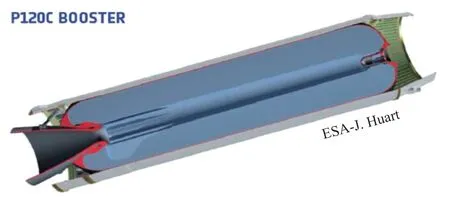
Figure 8 P120C solid motor
6 DEVELOPMENT TRENDS
In recent years,major players in space industry around the world have taken their ability to enter space as a critical element of their business,focusing on solid launch vehicles that can achieve rapid entry into space,new medium and large launch vehicles that adapt to high-density launch,heavy launch vehicles aiming at future deep space exploration,and reusable launch technologies.They have continued to develop trend towards the direction of “increasing thrust,improving performance,reducing costs,and improving reliability”.The future development trends of large solid motors are summarized as follows.
1) The main solid motor has an advanced technical index,high reliability,and is still continuously developing towards the direction of high thrust,high performance and low cost.
2) Large solid boosters fully utilize the technical characteristics of easily achieving high thrust.By combining with a liquid core stage engine,the rocket configuration is greatly simplified,which becomes an important propulsion solution for the development of large and heavy launch vehicles.
3) Major players in space industry around the world are exploring low-cost development paths through modular rocket design,increasing motor production batche rates,improving design,and adopting advanced intelligent production processes to reduce motor costs,so as to address price challenges and reusability.
杂志排行
Aerospace China的其它文章
- Kinetica-1 Carrier Rocket is Preparing for Launch
- CASC Released Blue Book of China Aerospace Science and Technology Activities in 2022
- Design and Application of Cloud Test Platform for Launch Vehicle Electrical System Based on Data-Driven Approach
- Psychological Issues in Simulated Space Missions: What We Learn From Chinese Crew
- Research on Key Technologies for Reusable Liquid Rocket Engines
- Development Status and Main Application Progress of the Kinetica-1 Solid Launch Vehicle
